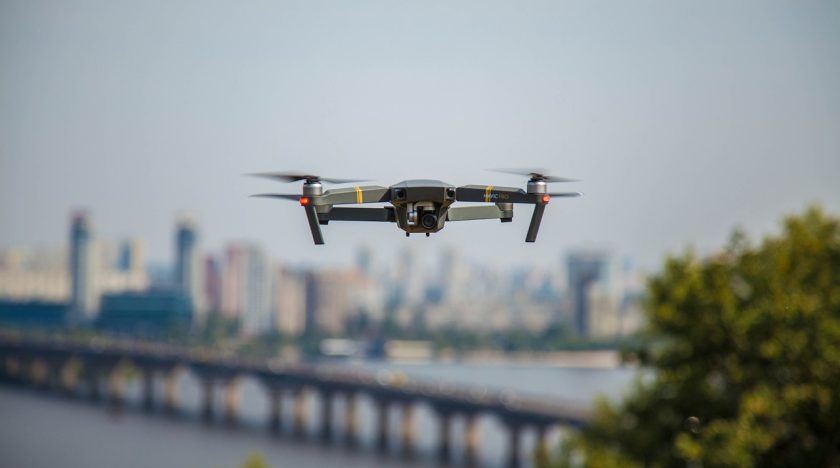The United States Government Accountability Office (GAO) has found that drone integration into the national airspace may be at risk if the Federal Aviation Administration (FAA) does not address shortcomings with its Remote ID initiative.
In 2023, the FAA forecast that based on registration data, the commercial drone fleet would grow from around 727,000 at the end of 2022 to 955,000 by 2027. For the same period, the FAA forecast the recreational fleet would increase from 1.69 million to 1.82 million.
One of the biggest challenges faced by law enforcement when responding to drone incidents is locating the operator of a drone. Described as a “digital licence plate”, Remote ID is intended to help the FAA, law enforcement, and others locate drone operators flying in an unsafe manner or where prohibited by requiring drones to provide identification and location information. Most drone operators have been required to comply with the Remote ID rule since September 16, 2023. Those who were unable to comply with the broadcast requirement of the Remote ID Rule by that deadline were given an extension until March 16, 2024 to equip their aircraft.
GAO reviewed FAA guidance and resources for Remote ID, including plans for integrating drones into the national airspace, as part of an investigation into how well the initiative was performing, the results of which the government watchdog published on June 6. GAO interviewed FAA and DHS officials, and law enforcement and industry stakeholders to complete its review, and also examined ongoing Department of Homeland Security (DHS) efforts to develop a Remote ID application for law enforcement.
During the course of GAO’s review, FAA officials and stakeholders identified limitations with using current Remote ID technology to enable advanced drone operations, such as traffic management. FAA regulations call for drones to use broadcast-based Remote ID technologies, such as Wi-Fi and Bluetooth to transmit their location. However, commercial drone stakeholders told GAO that a broadcast-based signal is not sufficient for providing real-time, networked data about drone location and status as needed for advanced operations. The FAA has stated it expects industry will pursue network technologies for Remote ID, such as cellular, while continuing to transmit the required broadcast-based Remote ID signal.
According to stakeholders representing a commercial drone group that GAO spoke with, there is a general lack of willingness by industry to develop network-based Remote ID alongside the required broadcast-based approach due to practical limitations, such as signal interference. FAA officials said that in the future, the FAA may begin assessing what additional technology can be developed, but that it has no current plans to do so.
GAO is concerned that the FAA’s progress toward integrating drones into the national airspace may be at risk if the agency does not assess these issues and identify a path forward. Some industry stakeholders told GAO that the FAA’s path forward on this issue is unclear and has led to uncertainty across industry on how to identify real-time, networked data about the location and status of drones.
GAO also found that the FAA has limited resources to support tribal, state, and local law enforcement on using Remote ID technology. Tribal, state, and local law enforcement agencies GAO contacted had little knowledge of Remote ID or how it could be used in their investigations. The watchdog found that the FAA has consistently developed and provided resources, such as videos and websites, to tribal, state, and local law enforcement on how these entities can use drones for their missions. However, these resources have not included information on using Remote ID technology to support law enforcement efforts related to drones.
While the FAA is developing an interface to provide drone registration information from Remote ID to law enforcement, GAO found the agency has no timeline for releasing it. At the same time, DHS is developing an application for law enforcement that would link to the FAA’s interface, but DHS similarly does not have a plan or timeline for the effort.
To address the shortcomings found during its review, GAO is making three recommendations to the FAA and one to DHS. First, that the FAA develop resources to help tribal, state, and local law enforcement use Remote ID; Second, that the FAA develops a plan and timeline for a Remote ID interface; and that the FAA identify a path forward for providing real-time, networked data about the location and status of drones. GAO is calling on DHS to develop a plan and timeline for its Remote ID application. Both the FAA and DHS concurred with the watchdog’s recommendations. DHS said its application is currently in the “planning phase” and expects to complete work to meet GAO’s recommendation by April 30, 2025.
For more information
US Government Accountability Office




